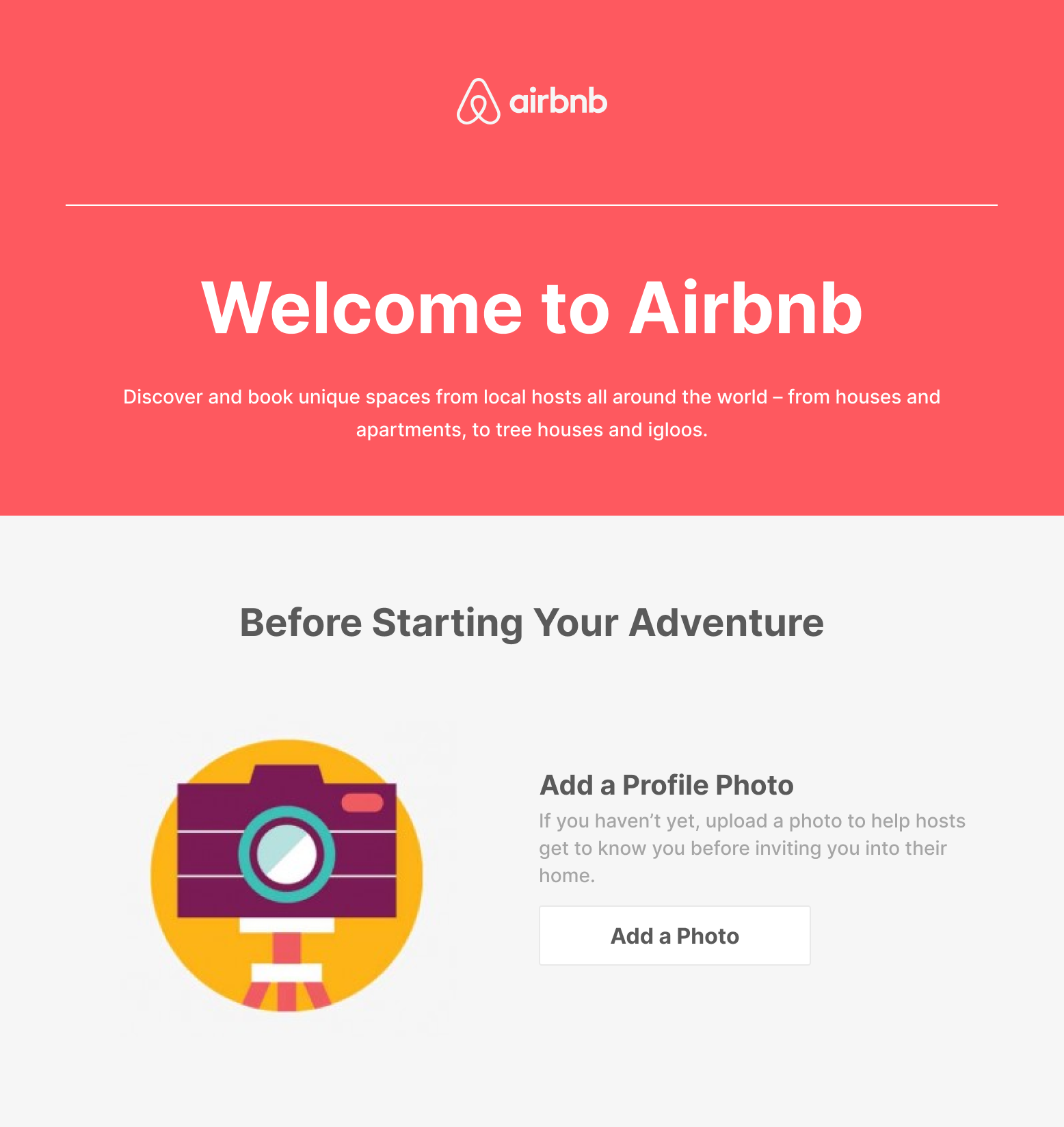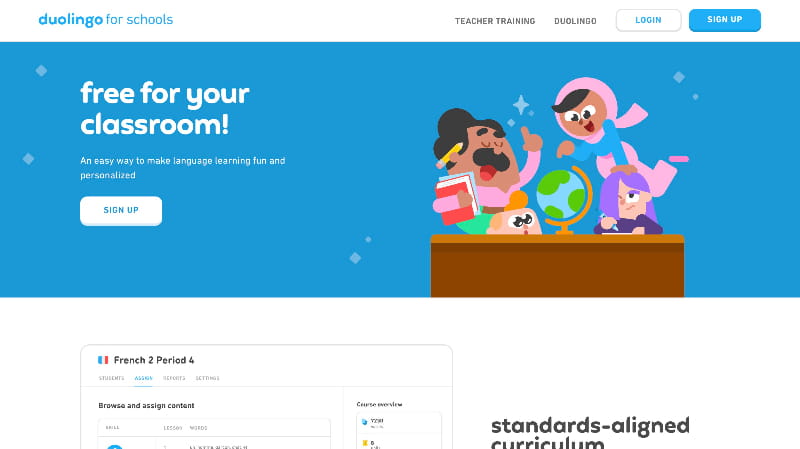Have you ever wondered why some businesses effortlessly retain customers while others struggle? The secret often lies in an effective customer onboarding process. A well-crafted onboarding experience can significantly boost customer retention and satisfaction, setting the stage for a long-lasting relationship.
But what exactly makes for a successful onboarding process? How can you ensure that your new customers feel welcomed, informed, and ready to engage with your product or service?
In this blog, we’ll explore the essential steps of customer onboarding, share real-world examples, and provide best practices that you can implement right away.
From the initial sign-up process to follow-up emails, we’ll cover everything you need to know to create an onboarding experience that leaves a lasting impression. Ready to transform your customer onboarding? Let’s dive in!
Sign-up Process
Have you ever signed up for a service and felt overwhelmed by the sheer amount of information required? The sign-up process is your customer’s first interaction with your brand, and it sets the tone for the entire relationship. So, how can you make this initial step as smooth and inviting as possible?
Importance of the sign-up process: The first impression is crucial. A cumbersome sign-up process can deter potential customers, while a streamlined one can set the stage for a positive experience.
Best practices:
- Keep it short: Minimize the number of fields to fill out. Only ask for essential information.
- Split information over multiple pages: Break down the process into manageable steps to avoid overwhelming the user.
- Use sign-up services like existing accounts: Simplify the process by allowing users to sign up with their Google, Facebook, or other existing accounts.
Examples of effective sign-up pages:
- Dropbox: Dropbox’s sign-up page is a model of simplicity, asking only for basic information and offering the option to sign up using Google.

- Slack: Slack’s sign-up process is broken down into easy steps, making it less daunting for new users.
By implementing these best practices, you can create a sign-up process that not only attracts but also retains new customers. Ready to move on to the next step? Let’s talk about the welcome email.
Welcome Email
Have you ever received a welcome email that made you feel truly valued as a customer? The welcome email is your first opportunity to set expectations and build rapport with your new customers. It’s a critical step in the onboarding process that can significantly impact customer engagement and retention.
Importance of the welcome email: This initial communication sets the tone for your relationship with the customer. A well-crafted welcome email can make your customers feel appreciated and excited about your product or service.
Best practices:
- Say thank you: A simple thank you can go a long way in making your customers feel valued.
- Share resources: Provide links to guides, FAQs, and other resources to help customers get started.
- Direct customers back to the product: Encourage immediate engagement by guiding them back to your platform.
Examples of effective welcome emails:
- Airbnb: Airbnb’s welcome email thanks users for joining, offers helpful tips for getting started, and includes links to popular destinations and experiences.

- Asana: Asana’s welcome email is clean and informative, providing a quick overview of key features and links to detailed guides.

By following these best practices, you can create a welcome email that not only informs but also delights your new customers. Ready to take the next step? Let’s dive into the importance of the first log-in experience.
First Log-in
Have you ever logged into a new platform and felt lost or overwhelmed? The first log-in experience is a crucial moment in the customer onboarding journey. It’s your opportunity to make a strong impression and ensure that new users feel comfortable and confident using your product.
Importance of the first log-in: This step is critical for user experience and initial engagement. A smooth and intuitive first log-in can set the stage for long-term satisfaction and loyalty.
Best practices:
- Provide a guided tutorial or set-up wizard: Help users get started easily by walking them through the key features and initial setup.
- Give quick wins: Allow users to achieve something small quickly, like completing a profile or setting up a basic feature. This boosts their confidence and encourages further exploration.
Examples of effective first log-in experiences:
- Trello: Trello offers a guided tour that highlights essential features and helps users create their first board, making the process intuitive and engaging.

- Canva: Canva’s first log-in experience includes a quick tutorial that guides users through creating their first design, ensuring they feel capable and excited to use the platform.
By implementing these best practices, you can create a first log-in experience that not only eases new users into your product but also encourages them to continue exploring and engaging. Ready to integrate your product seamlessly into your customers’ workflows? Let’s discuss integrations, invitations, and data imports.
Product Walkthrough
Have you ever started using a new product and felt unsure about where to begin? A well-designed product walkthrough can make all the difference. It helps users understand the core features and functionalities of your product, ensuring they can start using it effectively from day one.
Importance of the product walkthrough: This step is crucial for helping users grasp the essential aspects of your product. A good walkthrough can reduce the learning curve, increase user satisfaction, and encourage continued engagement.
Best practices:
- Make it skippable: Respect the user’s time by allowing them to skip the walkthrough if they feel confident enough to explore on their own.
- Allow returning later: Enable users to revisit the walkthrough at any time. This is especially useful for users who may need a refresher.
- Provide additional support: Offer help through tooltips, FAQs, or live chat options to assist users who may have questions during the walkthrough.
Examples of effective product walkthroughs:
- Duolingo: Duolingo’s product walkthrough is interactive, engaging, and provides immediate feedback, making it easy for users to understand how to use the app.

- Notion: Notion offers a comprehensive yet skippable walkthrough that covers the platform’s key features, ensuring users can get started quickly and efficiently.
By implementing these best practices, you can create a product walkthrough that not only educates but also excites your users. Ready to keep your users engaged long-term? Let’s move on to the importance of follow-up emails.
Follow-up Emails
Have you ever forgotten about a product you signed up for because you never heard from them again? This is where follow-up emails come into play. They are essential for keeping users engaged and informed, ensuring that your product remains top of mind.
Importance of follow-up emails: These emails help maintain a connection with your customers, providing ongoing value and encouraging continued use of your product. They can significantly impact user retention and satisfaction.
Best practices:
- Share tips and resources: Provide useful information that helps users get the most out of your product. This could include how-to guides, tips, and tricks, or links to webinars.
- Send short, frequent emails: Keep your emails concise and to the point. Frequent, but not overwhelming, communication ensures that users stay engaged without feeling bombarded.
- Include social proof: Share testimonials, case studies, or success stories from other users. This builds trust and shows new customers the potential benefits of sticking with your product.
Examples of effective follow-up emails:
- Grammarly: Grammarly sends regular follow-up emails that include writing tips, weekly performance statistics, and encouragement to keep improving.
- LinkedIn: LinkedIn’s follow-up emails often highlight new connections, job opportunities, and content recommendations, keeping users engaged with the platform.
By implementing these best practices, you can create follow-up emails that not only keep your customers informed but also foster a long-term relationship. Ready to wrap things up? Let’s move on to the conclusion.
Conclusion
In summary, a well-structured onboarding process is crucial for setting the foundation of a successful customer relationship.
From the initial sign-up to follow-up emails, each step plays a vital role in ensuring that customers feel welcomed, informed, and engaged. By implementing best practices such as streamlined sign-up processes, informative welcome emails, guided first log-ins, seamless integrations, helpful product walkthroughs, and consistent follow-up emails, you can significantly enhance customer satisfaction and retention.
Remember, effective onboarding is not just a one-time effort but an ongoing process that evolves with your customers’ needs. By investing in a robust onboarding strategy, you pave the way for long-term success and loyalty. Ready to take your customer onboarding to the next level? Start implementing these best practices today and witness the transformative impact on your business.